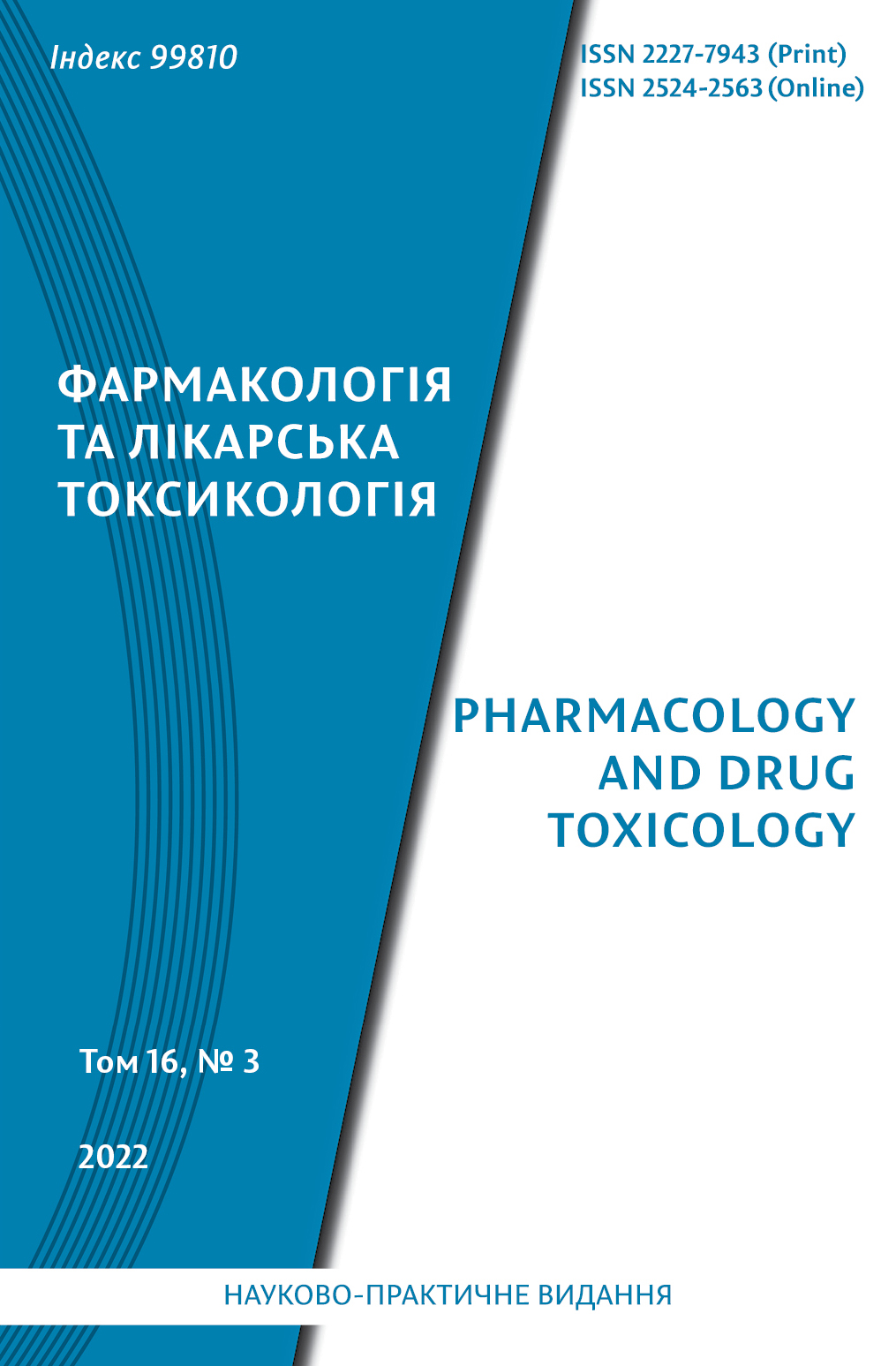Abstract
Recently researches have been carried out on the creation of nasal forms that can be used to transport active compounds of systemic action. Currently, nasal forms with narcotic and non-narcotic analgesics, hormonal drugs, vaccines, and cardiovascular drugs have been developed. The development of a new liquid nasal formulation of an API for systemic use should take into account the biological, physico-chemical and technological factors that are likely to influence the transport of the API through the nose to the brain. When creating the intranasal form of Ademol, a software tool was used – an expert system ExpSys Nasalia (nasalia.zsmu.zp.ua), it was proposed to add a plasticizer, a mucoadhesive agent and a preservative to the formulation. In order to comprehensively study the compatibility of ingredients in the nasal form in silico, as well as experimental thermogravimetric studies, were carried out. Data from complex machine learning models were obtained, which, in accordance with high Score, overwhelmingly indicate the compatibility of ingredients and the possibility of their combination in one nasal drug formulation. Thermogravimetric studies were carried out on a Shimadzu DTG-60 derivatograph device (Japan) with a platinum-platinum-rhodium thermocouple while heating the samples in aluminum crucibles (from 15 to 250 °С). α-Al2O3 was used as a reference substance. The heating rate was 10 °C per minute. An individual ingredients – API: ademol; other components: glycerin, hydroxyethyl cellulose (HEC), benzalkonium chloride; a finished nasal dosage form without active ingredients and a dosage form with ademol were studied. The nature of the existing thermal effects on the derivatogram of the liquid nasal form with ademol coincided with the thermal effects of individual auxiliary components of the base, which, in turn, confirms the absence of interaction between the components.
